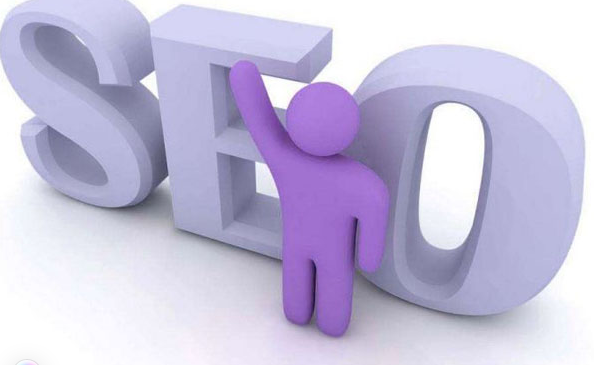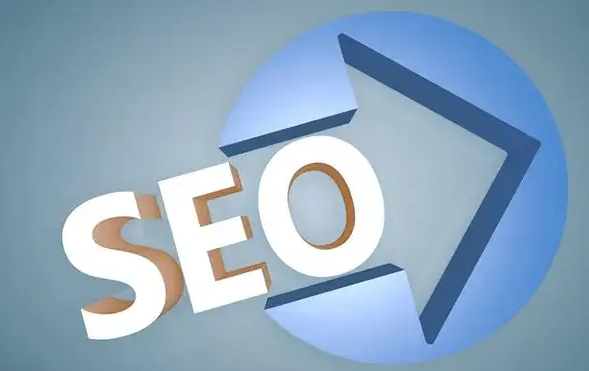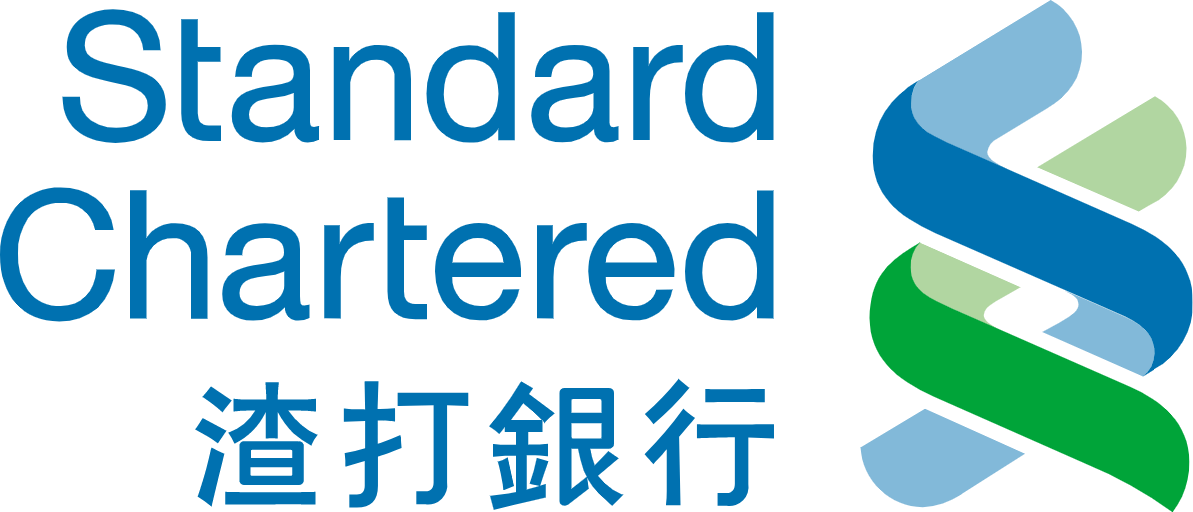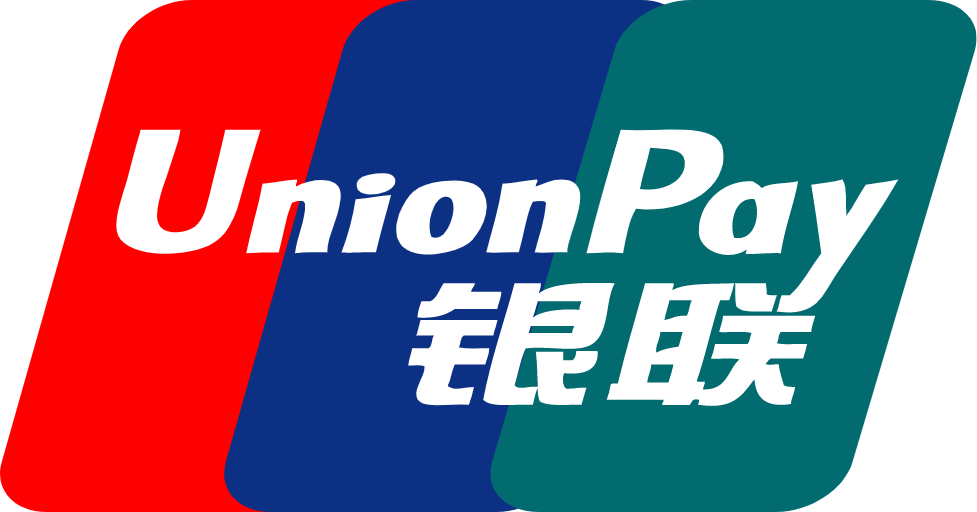Improving Google keyword rankings requires focusing on eight aspects: accurate matching of search intent (reducing bounce rate by 20% to boost rankings), comprehensive topic coverage (ranking 30% higher than insufficiently covered topics), optimizing domain relevance (increasing click-through rate by 40% for related domains), page loading speed optimization (reducing load time to 2 seconds, decreasing bounce rate by 30%), mobile compatibility (mobile-optimized sites see a 15% increase in traffic), building high-quality backlinks (authoritative backlinks increase weight by 50%), enhancing user interaction (conversion rates rise by 12%), and tracking keyword changes (identifying ranking issues for timely optimization).
Accurate Matching of User Search Intent
In Google keyword optimization, it is important to understand the real needs of users when they search for keywords and to use a data-driven approach in optimizing content. This will be effective in improving page relevance and appeal. For instance, the keyword “best laptops for students,” their main intentions might focus on budget, performance, and battery life. Suitable laptops for students fall within the price range of $300 to $800, have more than 8 hours of battery life, and weigh less than 1.5 kg. It could have directly listed a few models and their detailed specifications: for example, such-and-such brand ultrabook, weighing only 1.3 kg with a battery life of 12 hours and priced at $499.
User behavior data should be used in addition to align page structure much better with search intent. In fact, when searching for “energy efficiency of home air conditioners, they most likely are considering electricity consumption and operational long-term cost. According to statistics, for every hour, a fixed-speed air conditioner of 1.5 tons consumes 1.5 kWh, whereas an inverter air conditioner consumes 0.8 kWh; the price ranges between US$200-400$ and US$300-600$, respectively. The initial investment for an inverter air conditioner is much higher, saving about 560 kWh in a year with 800 hours/year. That means savings of about $56 per year at $0.1 per kWh. By clearly listing these costs and savings, users not only get a more intuitive basis for decision-making but also view the page’s content as high-quality and professional, raising conversion rates.
The page content should provide extensive coverage for different user intentions. Taking “home robot vacuum recommendations” as an example, users may care about cleaning ability, battery life, price, and applicable area. Specifically, robot vacuums with strong cleaning performance can provide a suction power of 2000Pa or more, cover an area ranging from 100 to 200 square meters, and be priced in the range of $150-$500, with their battery life ranging from 90 to 150 minutes. It compares the performance of different products at various price points, such as one model at $199 with 2500Pa suction and 120-minute battery life, while another model is $399 with 3000Pa suction and 150-minute battery life. By listing performance comparisons among products at different price points, users can compare and find the product they need quickly.

Comprehensive Coverage of Target Topics
In optimizing Google keyword rankings, comprehensive coverage of target topics will contribute to a page’s better establishment of authority and relevance. For example, if the target keyword is “smartwatch recommendations,” users are probably interested in performance, price, features, and battery life. According to market data, the prices of mainstream smartwatches range from $80 to $500, while the battery life ranges from 1 to 14 days. Features may include heart rate monitoring, GPS tracking, call functionality, and fitness tracking. For instance, one brand sells a smartwatch for $149 with a 1.39-inch AMOLED screen, 24-hour heart rate monitoring, and 5-day battery life, while a high-end model for $399 offers 12-day battery life, blood oxygen monitoring, and professional sports modes.
It is also relevant when developing content to target other related possible search intent, so that the page may become more complete. As in the case of a keyword like “pros and cons of electric toothbrushes,” users often refer to cleaning effectiveness, price, and battery life. The prices of electric toothbrushes range from $10 to $100; in the high-end model, the vibration frequency is over 38,000 movements per minute, effectively removing more than 99% of plaque. Entry-level models, however, have an approximate vibration frequency of 25,000 movements per minute. Most electric toothbrushes last for 14 to 30 days, with the more popular ones being USB-charging models that take 4 to 8 hours to charge fully. Including these data points and concrete use cases, like a usage rate of twice daily up to 3 years, will comprehensively inform the user and make the page more relevant for search engines.
Depth and breadth are important when discussing related topics. For instance, in the theme of “choosing a home water purifier,” it should not only compare different products but also explain various filtration technologies and their use cases. Common types of water purifiers include ultrafiltration, reverse osmosis, and activated carbon models. Ultrafiltration purifiers normally generate about 50 liters per hour, which can satisfy daily household drinking; the price is about $80-$200. The reverse osmosis model has a higher degree of precision in filtration, up to 99% removal of heavy metals and bacteria, though with a slower water flow of about 10 liters per hour, priced between $150 and $400. While fairly cheap at $20 to $50, activated carbon purifiers have limited filtration and are mainly used to improve taste.

Domain Relevance and Optimization Tips
Domains are highly vital in Google keyword ranking. While the relevance of a domain makes much difference in the perception of the theme of your site by search engines, it also directly makes potential users click and trust it. Accordingly, data shows that domains with high keyword relevance can increase click-through rates by 20%-40% or more. It is for this reason that a running gear website would rank much better with a domain including “running” or “sports” in it compared to some generated random one. If the domain is “BestRunningGear.com,” then CTR for the keyword “running gear recommendations” could be improved on average by 30%, whereas for an unrelated domain, this would be around 5-10% only. Therefore, during domain registration, it is recommended to include thematic keywords in the name and to make it short enough, within 6 to 15 characters, for easy remembrance and sharing.
When optimizing a domain, it is also important to combine brand terms with thematic keywords. Brand terms build trust, while thematic keywords improve ranking performance. For example, an e-commerce website specializing in home appliances can include “SmartHomeAppliances.com.” This will not only clarify the purpose of the website but also increase its thematic relevance. According to research, domain names containing thematic keywords rank 15%-20% higher on average compared to those without keywords. Besides keyword inclusion, selecting the appropriate TLD suffix is important.com domains are highly authoritative and more accepted by users. For regional businesses, the use of country-specific top-level domains, such as.cn and.uk, will be in more compliance with local users. For instance, a home decoration website targeting the Chinese market whose domain suffix is “.cn” will increase the CTR of a local search by 25%.
The optimization of domains is more than just keywords; URL structure design is equally important. A simple and transparent domain and URL structure will increase search engine crawl efficiency and lower bounce rates. Data analysis indicates that when a domain hierarchy is over three levels, page crawl rates drop by 15%-25%. For example, “www.sportsgear.com/running-shoes” is more effective in improving page authority than “www.sportsgear.com/category/products/running-shoes.” Avoid complex characters or dynamic parameters such as “?” or “&”, which can improve readability and CTR. For example, when users search for “running shoes recommendations,” a clean URL containing the keyword can increase CTR by 30% while significantly reducing bounce rates, further boosting domain ranking performance.

Key Elements of Page Optimization
Page optimization is one of the most important steps in improving Google keyword rankings. Its major elements include content quality, page loading speed, and mobile compatibility. Data shows that high-quality original content can improve page rankings by 20%-30%, especially when it directly addresses user needs. For example, this could be the page if users search for “how to choose a cost-effective smartphone.” Detailed data comparisons on the page could include, but are not limited to, a price range of between $100 and $300, screen sizes ranging from 6.1 inches up to 6.7 inches, processor performance-most mid-range phones use Snapdragon 700 series processors-and battery capacity mostly above 4000mAh. This type of comprehensive, data-driven content boosts user engagement and enhances keyword relevance on an entirely different level.
The speed at which the web pages load is another significant issue in optimization. According to Google, when loading time increases by one second, bounce rates increase by 32%. For example, a site with a loading time of less than 3 seconds has a bounce rate of 38%, whereas a loading time exceeding 6 seconds results in a bounce rate of 74%. Effective ways to optimize loading speed include compressing images (keeping file sizes under 500KB), enabling browser caching, and using CDN services. For e-commerce websites, the loading time of product images is particularly important. One e-commerce platform reduced its homepage loading time from 6 seconds to 2.5 seconds, which saw a 15% increase in conversion rates.
Another essential aspect of optimization is mobile compatibility. With over 60% of traffic being on mobile, pages that don’t display well on mobile have significantly higher bounce rates. Statistics show that mobile-friendly pages rank 30% higher than those not optimized for mobile. Key considerations for mobile optimization include font size, clickable button areas, and content layout. For example, font sizes should be a minimum of 16px, buttons need to have at least 48px spacing to make it easy to tap, and the content layout should be clean and simple without too many ads or pop-ups. One news site that did optimize its mobile layout reduced its mobile bounce rate from 62% to 45% and realized an 18% increase in traffic.
Effective Internal Linking
Internal linking is a key optimization strategy for improving Google keyword rankings. It helps search engines better understand website structure, enhances page crawling efficiency, and guides users to explore more content on the site. Data shows that well-implemented internal links can increase page authority transfer efficiency by 30%-40%. For instance, a website offering travel guides can include internal links from the “Japan Travel Guide” page to other related pages, such as “Tokyo Food Recommendations” and “Kyoto Temple Visit Tips.” This makes it easier for users to find relevant information and increases the traffic and dwell time of these linked pages. Specifically, the addition of 3-5 internal links on key pages can increase the click-through rate of related content by more than 15%, thus increasing overall site traffic and improving the ranking.
The selection of anchor text for internal linking is also very crucial to improve rankings. According to studies, the use of anchor text that contains target keywords raises the relevance score of the page that it links to. Insert an internal link on a “Best Home Coffee Makers” page to a page “Features of Semi-Automatic Coffee Machines” with anchor text like “Semi-Automatic Coffee Maker Buying Guide”. This would add 20% keyword coverage to the target page, for instance. Similarly, avoid generic terms such as “click here” or “read more”; no useful content signals are offered to the search engines from such terms. For instance, when an e-commerce website anchored internal links with keyword text, it experienced a growth of conversion from 2.8 to 4.2% in purchase, reflecting a 50% increase. Hence, while creating internal linking structures, the anchor text needs to be keyword-rich and themed around user intent to create more scope for optimization.
Another issue in internal linking is the quantity and placement of internal links. It has been proven through data that users are mostly focused on the top of the page, especially the content above the fold. Placing important internal links in either the first paragraph or the main visual area of a page will increase click-through rates. For instance, a health and nutrition website included links to the pages “Low-Calorie Recipes” and “High-Protein Diet Tips” in the introductory part of a “Weight Loss Meal Plan” page, which received 28% of all clicks-through, while links placed at the bottom of the page drove only 10% of clicks. Meanwhile, the quantity of internal links per page should be limited. It is suggested that links per page should not be more than 5 to 10; too many links dilute authority and the importance the search engines place on individual links.
Methods for Building High-Quality Backlinks
One of the key factors in improving keyword ranking in Google is backlinks. Not only do they bring direct traffic to the website, but they also add to the authority of the site. A single high-quality backlink may increase the ranking weight of a target page by 20%-50%. For example, a website about healthy eating that acquires backlinks from authoritative domains-such as the website of a prominent health magazine at domain authority score 85-might find its target page jump in keyword ranking from page 3 to page 1. Relevance is another critical factor. If the target page is about “vegetarian recipes,” backlinks from food or health-related websites have a 40% greater impact on ranking improvements than links from unrelated sites, such as tech websites.
Content collaboration is an effective way to secure high-quality GPB backlinks. By writing guest posts or launching joint initiatives, websites can build partnerships with authoritative sites in related fields. A collaboration example where one travel website worked with a blog platform of travel bloggers by publishing a series of posts titled “Top Travel Destinations in Asia for 2024,” where in each article, three backlinks were leading to target pages. Statistics have shown that backlinks obtained in this way brought an average of 5,000 new monthly visits, at the rate of click-through conversions equal to 12%. Similarly, format types of content such as industry reports or case studies can earn authoritative websites that cite and link to them. When one tech company published a report about the coverage of 5G networks, it received mentions in more than 100 different tech media within six months, adding well over 100 backlinks and really pushing its website up the search rankings.
Another powerful way: using social media promotions to capture natural backlinks. Content shared on social media usually receives 25% more backlinks than unshared content. For example, an electronics review website published an article entitled “Best Bluetooth Headphones Worth Buying” on social media, complete with detailed comparisons of parameters such as price range ($20-$80) and battery life (8-20 hours). Within a week, the article was shared more than 5,000 times, and 20 professional review sites mentioned its data and created backlinks. Another common method to get backlinks is by participating in forum discussions or providing expert answers on Q&A platforms like Quora or Zhihu. For example, answers to questions in relevant communities on an ed-tech website linked to content that was upvoted over 200 times, which led to several education-related websites referencing and linking to it.
User Behavior and Interaction Experience Optimization
User behavior and interaction experience are two factors that have a direct bearing on the performance of a website in Google rankings. When these features are improved, there will be a tremendous decrease in bounce rates, with more time on site and increased conversion rates. Websites with less than 40% bounce rate rank for keywords 25% higher than those above 60%. For instance, an online shop managed to restructure their homepage by placing product categories on top and putting in special offers above the fold. It reduced the bounce rate from 65% down to 38%, while the average time that a user spent on the site went from 1 minute to 3 minutes, which in turn translated to keyword rankings. In that respect, the enhancement of page structure and content presentation impacts positively on the user behavioral factors.
The core of experience optimization in interaction is to tune up the page loading speed and operating smoothness. For each extra second of page load time, conversion rates fall off 7%. For example, a travel booking website, by compressing images and employing a content delivery network, brought its page load time down from 5 seconds to 2 seconds. This optimization reduced bounce rate by 30% and increased the rates of order conversion by 12%. Interactive design can make user experience even better. An online education platform introduced course recommendations according to users’ browsing history. Consequently, click-through rates jumped from 10% to 25%, while average time per session for users has been raised by 40% thanks to the optimized interactive design. These greatly improve the overall ranking capabilities of a website.
Currently, more than 60% of search activity in the world is done through mobile devices. It has been recorded that mobile-friendly websites have bounce rates 20%-30% lower than those that are not optimized for mobile. A news site optimized its mobile version by setting font sizes to 18px, enlarging button areas to over 48px, and simplifying page hierarchy. This reduced the bounce rate from 50% to 35%. Besides, the improved navigation bar and search functionality allowed users to find the desired content much faster, which increased the average number of pages per session from 2.1 to 3.6.
Effective Tracking and Monitoring of Keyword Rankings
Tracking and monitoring keyword rankings is a crucial part of optimizing a website’s SEO. Regularly analyzing ranking changes allows for timely adjustments to optimization strategies, improving page performance. Data shows that websites that consistently monitor keyword rankings rank 15%-20% higher on average than those that do not. For example, an e-commerce platform specializing in electronic products used a keyword tracking tool to monitor rankings for 100 target keywords. Through weekly analysis, it was found that the ranking of 20 keywords had fallen. By optimizing the content and links around those keywords, the site improved its rankings from an average of page 5 to page 2 within two months, with some highly competitive keywords even reaching the first page. This proves that continuous keyword tracking can provide direct data support for optimization.
This often happens because the difference in search rankings between mobile and desktop can be as huge, with some keywords ranking 2-3 positions higher on mobile. One website for local services found that its target keyword, “best restaurants near me,” ranked 3rd on mobile but only 8th on desktop. This spurred the site to optimize its mobile page load speed and add localized content recommendations, ultimately boosting the keyword’s ranking into the top 3 on both platforms. There are also regional differences in ranking. One travel website tracked the keyword “Beijing one-day tour guide,” which ranked 2nd in Beijing but only showed up on page 5 in other regions. By optimizing the content with travel and accommodation information for visitors from other regions, the keyword’s ranking improved to page 2 or even the first page across many provinces.
Some popular keyword tracking tools include Ahrefs, SEMrush, and Google Search Console, providing data on rankings, click-through rates, and optimization suggestions. According to statistics, websites that use such tools regularly improve their optimization efficiency by 30%. For example, this set of tools was used weekly by an online education platform to watch the rankings and found out that one of the competitors, after optimization, had pushed them from 3rd to 5th place for the keyword “online English courses.” The website readjusted its content strategy by adding course comparison charts and user reviews, and ramped up page traffic by sending promotional emails. These restocked the keyword back to the 3rd position.










